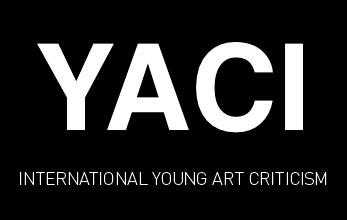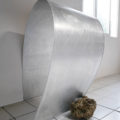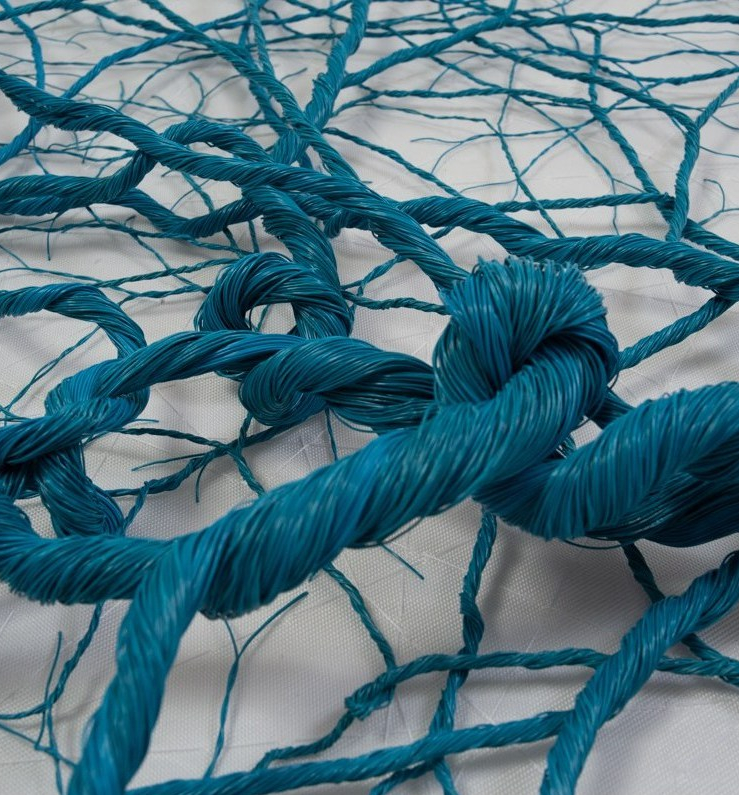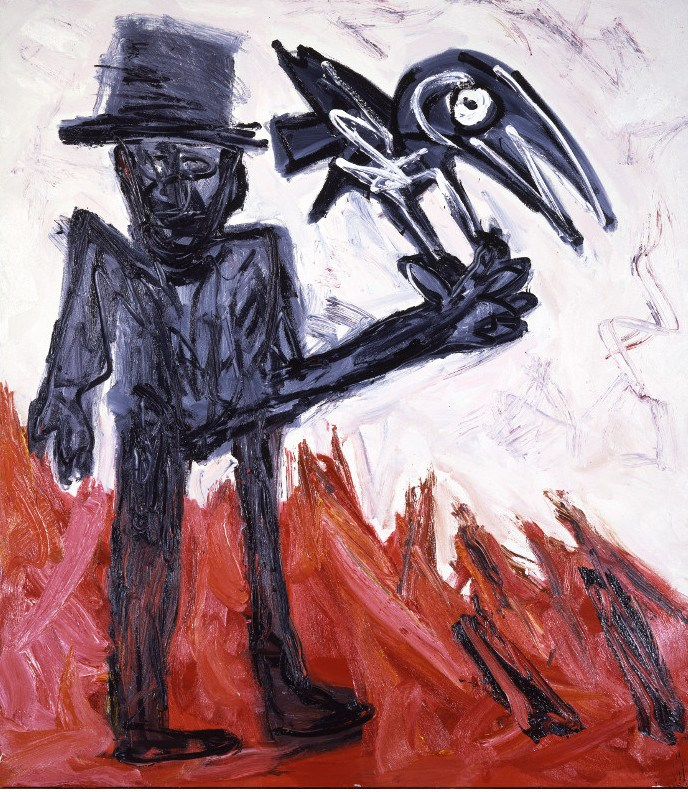« Thinking has a body », Jean-Marc Cerino
Jean-Marc Cerino’s paintings show us the way forward. Fronts that are also backs: an in-between in which the artist acts, gives free rein to his thinking and architecture through various techniques on and under glass.
The “on”, the front; the “under”, the back. An outside and an inside whose transparency creates an interval where we can enter, wander and dive. To plunge into the tragic images, in these archival documents – photographs of anonymous people – that the artist tirelessly collects, by the thousands, and lets, waiting for a monotonous scrolling, come to him by surprise, jump out at him. Jean-Marc Cerino works as a historian, a historian of the images that he transforms and transposes onto a depository and receptacle surface of a representation resulting from a “readjustment”, and which allows the reactivation of what is presented. In between, the artist seeks it out and leads us there, like a transparent passer, like the support of this passage.

Faced with his works, we are confronted with disturbing sensations… and with an architecture, or – more precisely – with an architectural and architectural painting. The construction of a tangible and sensitive space in which thought is created, takes shape and escapes; in the evanescence of a captured time, of a visual and reflective movement that finds the weight of its fallout in past stories and that the artist integrates into a future historicity; in a passage and a crossing, to dare “to cross its own particularity”[1]. The whole corpus is not linked, but thought in a face-to-face setting back our blindness, this blind task of our perception made corporeal by the obligation to take steps aside. The corpus loosens on the glass plate carrying a distancing and this in-between, this outside and this inside, contained and containing stories now reactivated: absences that have become presences. These “moments of pose” that Jean-Marc Cerino creates, pose the image and the viewer in a stop, in a void, for a moment.
Each work created is a space, the transposition of a malleable place into a perpetual construction. This impenetrable place, although penetrated by a glance, is transformed into a see and a perception of the one who does not want and does not know – what – to look into “that front”[2]. This “there”, where art must stand and this “in front”, where we are in suspense, are only the threshold of our pause in which we take part with the artist in the constitution of this “shared view of the world”. Jean-Marc Cerino rebuilds this common where he gives us a place, in these collective places, in this concretion of living spaces and where we live. There, here, here, located and relocated.
Diane Der Markarian
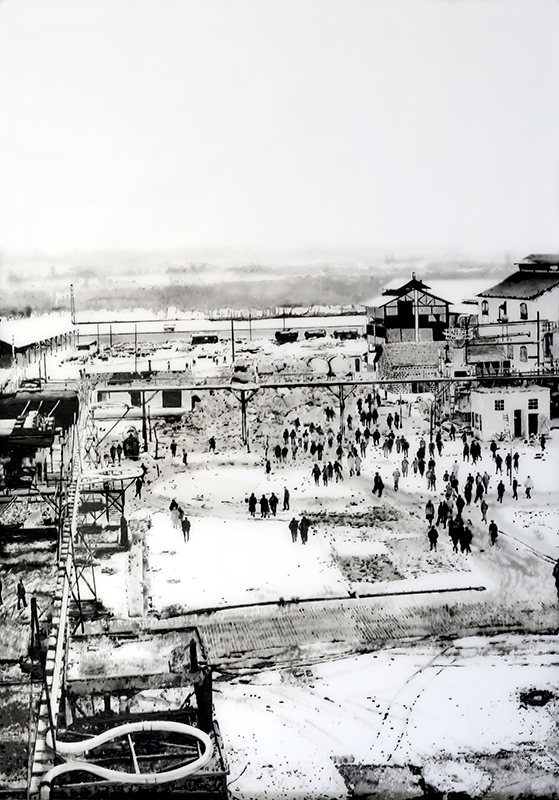
huile sur verre, peinture synthétique à la bombe sous verre,
138,5 x 99 cm ; courtesy Jean-Marc Cerino & galerie Sator.
Featured image : Ministère des affaires étrangères, crues de la Seine, 1910 – 2018, 2018, huile sur verre, impression et, peinture synthétique à la bombe sous verre, 118 x 157,5 cm ; courtesy Jean-Marc Cerino & galerie Sator.
[1] Interview with the artist, November 23, 2018.
[2] Didi-Huberman Georges, « Le lieu malgré tout » : Vingtième Siècle, revue d’histoire, n°46, avril-juin 1995 ; Cinéma, le temps de l’histoire, pp. 36-44.
Jean-Marc Cerino uses the expression “Thought has a body” in his intervention “Memory of wars and contemporary plastic productions” alongside the artists Tania Mouraud and Jérôme Zonder, on the occasion of the conference “La France en guerre dans le second xxe siècle. Représentations et mémoires contemporaines 2000 – 2017” at the University Paris I Panthéon – Sorbonne, 19 October 2018.
